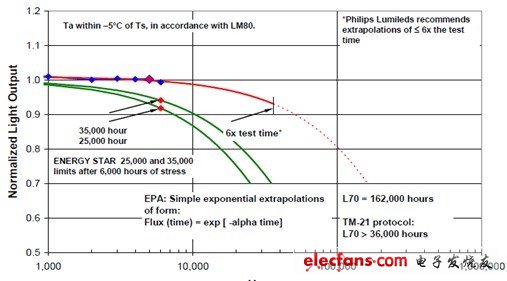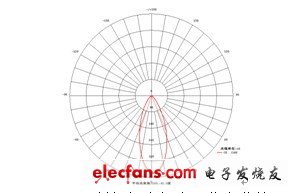With the rapid advancement and development of LED technology, the LED light effect continues to improve, and LED spotlight technology is also developing rapidly. At present, LED spotlights are mainly based on replacing traditional tungsten halogen lamps. Compared with traditional lamps, LED spotlights have significant advantages in terms of energy saving and life. With the reduction of the cost of LED spotlights, the application of LED spotlights has gradually begun to spread. This article will briefly introduce the technical requirements of LED spotlights, the specifications and types of common LED spotlights, the structure of LED spotlights, the common sense of LED spotlights, and the development direction of LED spotlights.
First, LED spotlight technical requirements
At present, LED spotlights mainly replace traditional tungsten halogen lamps. Most of the relevant safety requirements refer to traditional lighting requirements, and according to the characteristics of LED lamps, a set of safety certification standards has been formed. At present, in the certification of LED spotlights, the international standards mainly include European CE and North American UL certification, and voluntary certification (CQC) is available in China.
The CE certification includes both LVD and EMC, of ​​which LVD is implemented in accordance with EN60968 (IEC 62560 will be upgraded); EMC is implemented in accordance with EN55015, EN61547, EN61000-3-2 and EN61000-3-3. In addition, LED lamps usually require additional reference to IEC 62471 for photobiosafety testing. In North America, UL safety and FCC electromagnetic compatibility certification are usually required. UL implementation standards are UL1993, UL8750 and UL1310; FCC implementation standards are FCC PART15 Subpart B. In China, the use of voluntary certification (CQC) for LED spotlights, the implementation standards are GB24906-2010 (safe) and GB 17743-2007 (electromagnetic compatibility).
In addition, there are many standard regulations on the performance of LED spotlights. ENERGY STAR has relevant requirements in the United States; China has energy-saving certification requirements, and the implementation standard is CQC 3129-2010. Among these requirements, the color temperature, color rendering index, initial luminous flux, luminous efficacy, luminous flux maintenance rate, life, center light intensity, nominal power, power factor, product identification, etc. of the LED spotlight are specified.
The lifespan of many electronic products is judged by broken, but LED is a long-life light source that can be used for a long time without damage. However, the output of the luminous flux decays with time. Therefore, the time required for the light to decay to 70% is usually defined in the industry to define the life of the LED light source, that is, L70. With the advancement of technology, the light decay of LEDs is getting slower and slower, and it is difficult to fully test the time of light decay to 70%. Since the life of electronic products is exponential, LEDs usually undergo aging for a short period of time. By sampling the light decay data, and then exponentially calculating the light decay to 70% of the time, the formula is as follows:

Generally, the luminescence maintenance rate LM (Lumen Maintains) is 6,000 hours for LED aging. According to the exponential law, if LM >91.8% after 6000 hours, it can claim 25,000 hours of life. If LM>94.1%, it can claim 35,000. The life of the hour, but the life calculation time does not exceed 6 times the test time.

Figure 1. Light decay index curve
The angle of the LED spotlight is generally defined by the beam angle of 50% peak intensity. Figure 2 is a polar coordinate distribution curve of an LED spotlight. It can be seen that the angle corresponding to 50% light intensity is about ±20°, so the angle of this spotlight is 40°.

Figure 2. LED spotlight intensity coordinate distribution curve
1. Our Pets Heating Pad is the perfect pad for pets warm care.It use the most advanced PTC (temperature control)heating film and UL certificate.It can be used in all season which can keep your pet warm even in a chilly winter.
2. Not only can the heating pad be used in cats and dogs, but also in reptile and fish tank.With our innovative Ptc Heating Film,the pets heating pad is able to control power automatically ,keeping temperature in a certain range which we don't have to worry about the overheat danger.With surface durable and waterproof material of pets heating pad, it's very safety to apply to pets.
3. Weoffer service of custom-made heating pad.We look forward to build business cooperation with customers worldwide.
ShenZhen XingHongChang Electric CO., LTD. , https://www.xhc-heater.com